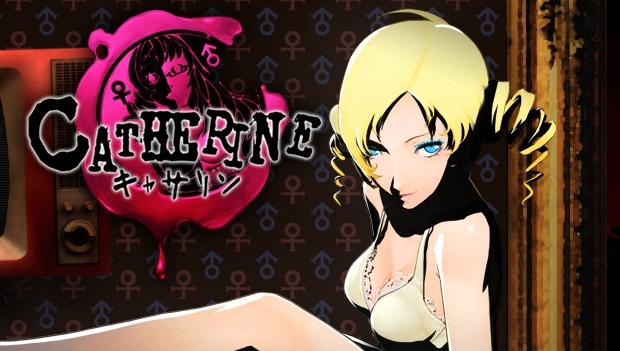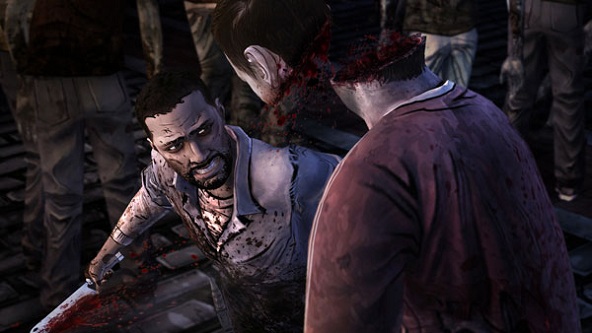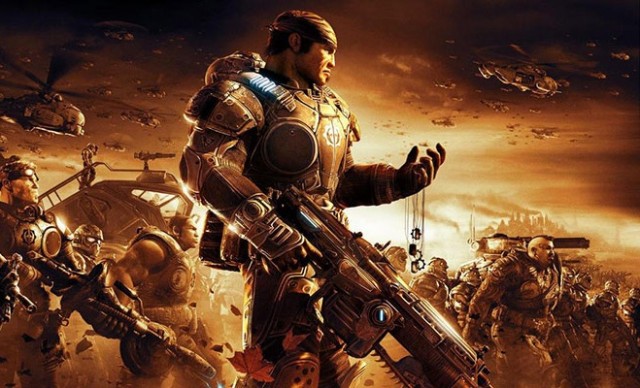

If you’re reading this, you probably know that the brilliance of Puzzle Quest lies in the beautiful matrimony between casual and hardcore. The original PQ took a casual puzzle concept (Bejeweled) and legitimized it with plenty of hardcore RPG elements like intense battles, character leveling and engrossing story. Puzzle Quest: Galactrix continues this noble pursuit (in space!), and while it may look quite different from its fantasy-themed predecessor, it still has the same feel of the original Puzzle Quest at heart.
Although Galactrix looks more like Hexic, the gameplay is still more akin to the Bejeweled-style play of the original, where you swap adjacent gems to form lines of matching colors. In battles, each opponent takes turns swapping gems on the same board. Each color gem corresponds to a specific power – matching blue gems replenishes your ship’s shields, red powers your weapons, green for computers and yellow for engines. White gems give you experience points (called intel), and purple give you psi points (allowing you to avoid random battles). Of course there are also mine gems that do direct damage to your opponent when matched, and come in four strengths, one, three, five and ten.
One of the greatest improvements over Challenge of the Warlords is the omission of character classes. We were skeptical at first, but in place of character classes (that tend to limit the growth of your character), you have a spaceship you can upgrade and customize however you like. Your special moves come in the form of items you can attach to your ship, like crazy powerful lasers, disruptor fields to jam enemy shields, anti-gravity devices to mess with the way gems fill the board, and so on. The amount of items available as the game progresses is staggering, and it seems like there’s an item for whatever power you can dream up that you’d like your ship to have.
Because of the brilliant layout of the battle field, it really does feel like you’re piloting a spaceship, despite the puzzle-based gameplay. The way your shield and hull points (hit points) are displayed, your power levels that correspond to different parts of the ship, and the various ship attachments at your disposal, all contribute to the feel of being a captain sitting on the bridge of a ship issuing commands and monitoring defenses. It’s nice to discover that PQ’s science fiction make-over isn’t entirely cosmetic – it really does improve the feel of the game overall.




 Catherine Achievement and Trophy Guide
Catherine Achievement and Trophy Guide A Sum of Parts: From the Beginning of the End to the End of the Beginning
A Sum of Parts: From the Beginning of the End to the End of the Beginning The Walking Dead: Episode 5 Walkthrough
The Walking Dead: Episode 5 Walkthrough Be The Smartest Person At Work With These Excel Tricks
Be The Smartest Person At Work With These Excel Tricks Gears of War: Ultimate Edition - COG tags Location Guide and How to Locate them
Gears of War: Ultimate Edition - COG tags Location Guide and How to Locate them